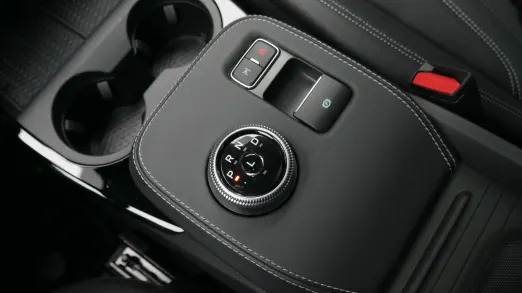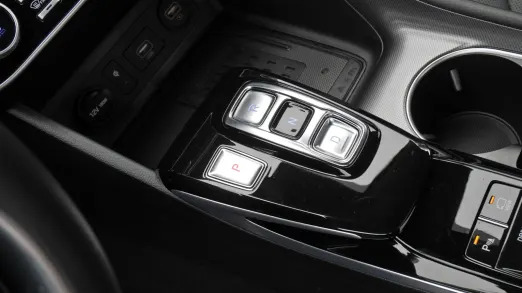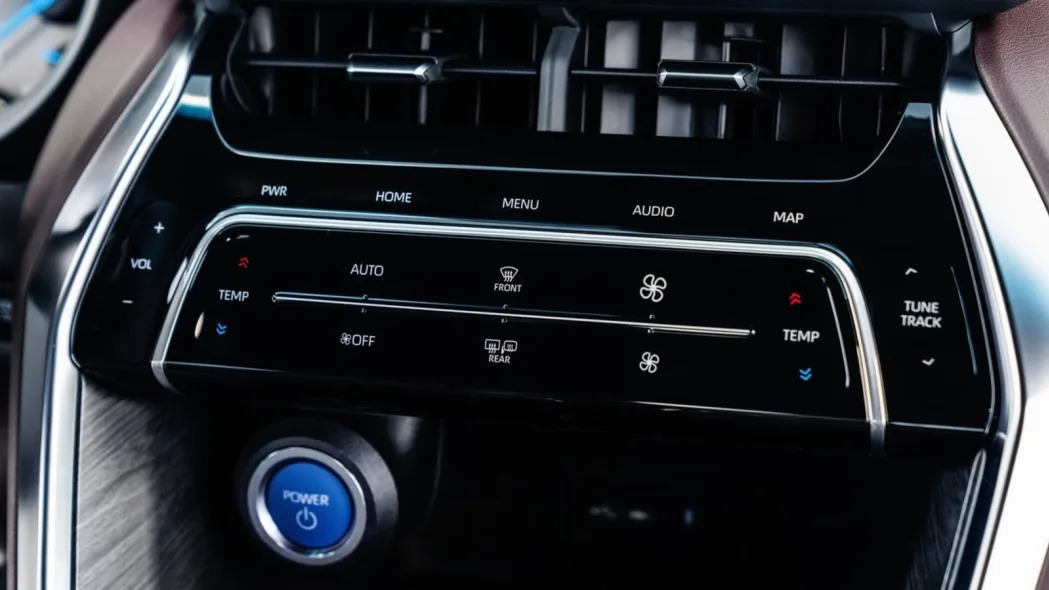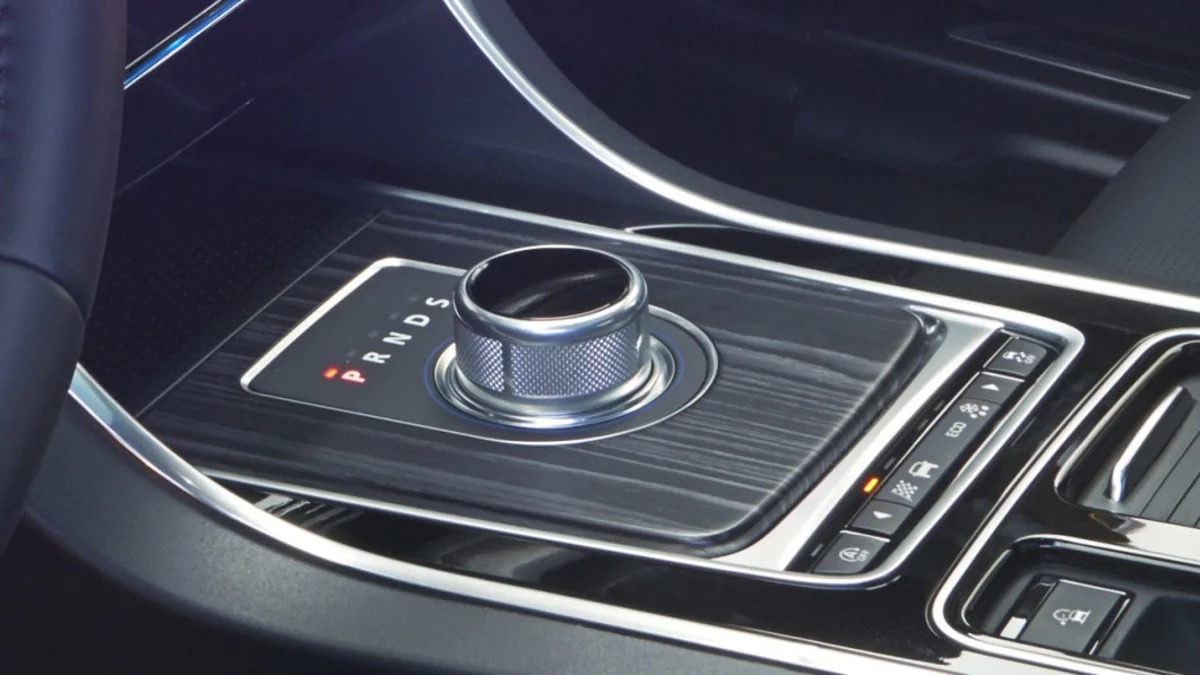I remember the first time I saw a rotary shifter pop up out of the console of a first-generation Jaguar XF sedan. “That’s kinda cool, but it's going to break,” I thought. And a quick internet search suggests those thoughts weren’t misplaced. But my second thought was that it was a gimmick that didn’t actually offer any sort of real-world improvement. I still feel that way, and I don’t mean to pick on Jaguar specifically. In fact, I’d say that rotary shift knob wasn’t the first such example of an automaker redesigning something that simply did not need any redesigning.
While Chrysler wasn’t the only automaker to produce push-button transmission controls, the brand famously introduced such a system way back in the 1950s before abandoning it the following decade. Chrysler, like Jaguar and Land Rover, has more recently dabbled in rotary knob designs, some of which have been investigated after owners reported that their cars rolled away because they weren't properly placed in Park. Today, there are knobs, stalks with and without buttons and levers, several different push-button designs, and, in one case, even cars designed to move from forward and reverse to park without any driver intervention at all.
There are many reasons cited for these unique shifters. Freeing up space (for cupholders, phone holders, bins and cubbies) is a common one, and some designers I’ve spoken with seem to think their creations are easier to use than anyone else’s. Some are indeed better than others, but I’d argue the shifter has already been perfected with the simple PRNDL lever that we’re all already familiar with. Nobody hops into a car and has to stop and think about how to use a traditional shift lever. It's also clear to the driver what gear the vehicle is in because a lever actually moves and points to the current setting. The same cannot be said of many of the button-, knob- and dial-based designs I’ve used.
This sort of design for the sake of design simply isn’t necessary. At best, it can be confusing. At worst, it could be deadly.




Shifters are far from the only interfaces that have been needlessly redesigned. Climate controls, radio tuner and volume controls, even steering wheels (some of which aren’t even shaped like wheels).
I recently spent a week driving a brand-new Toyota Venza. A solid chunk of the controls the driver interacts with are touch-sensitive virtual nubs instead of traditional buttons or switches. While flat surfaces devoid of bumps and protrusions look futuristic, they aren’t as easy to use as more traditional button-laden surfaces. In many cases, I found myself taking my eyes off the road to make sure my fat fingers zeroed in on the correct bit of shiny black plastic to change the radio station or dial in a new temperature. Real buttons can be located by feel. Virtual buttons cannot.

An argument can be made that touchscreens are the one significant exception to the virtual-button rule. But these, too, are rife with infuriating design choices. Fortunately, automakers seem to be placing screens closer to the driver these days and eschewing their old habit of hiding them away deep inside the dash. But the more advanced a car gets, the more software user experience developers seem willing to bury options deep into arcane menu structures. Some automakers, notably those that run Stellantis’ Uconnect software, allow some level of customization and simple screens of icons, and it seems to me that may be one reason why Ram and Dodge scored so highly in the most recent J.D. Power Initial Quality Study.
Put simply, I believe the best test of interior design is to put actual people who weren’t part of the design process behind the wheel of prototypes and ask them to perform tasks that should be simple while driving. Set a baseline of some sort, perhaps, and simplify the controls until the most commonly used functions can be completed within that benchmark. I’d wager that a lot of recent decisions would end up getting reversed in favor of the time-tested and well-thought-out designs of the past.
Related video:


Sign in to post
Please sign in to leave a comment.
Continue